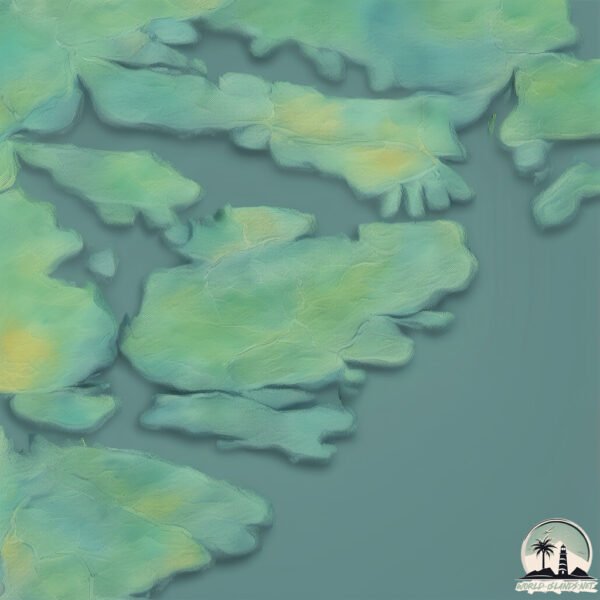Welcome to Hemso , a Continental island in the Gulf of Bothnia, part of the majestic Atlantic Ocean. This guide offers a comprehensive overview of what makes Hemso unique – from its geography and climate to its population, infrastructure, and beyond. Dive into the details:
Geography and size of Hemso
Size: 54.9 km²Coastline: 43 kmOcean: Atlantic OceanSea: Gulf of BothniaContinent: Europe
Hemso is a Medium Island spanning 55 km² with a coastline of 43 km.
Archipel: –
Tectonic Plate: Eurasia – One of the world’s largest tectonic plates, the Eurasian Plate covers a significant portion of Europe and Asia. It’s characterized by diverse geological features, including the Ural Mountains, the European Plain, and the Himalayas formed from its collision with the Indian Plate.
The geographic heart of the island is pinpointed at these coordinates:
Climate and weather of Hemso
Climate Zone: ContinentalClimate Details: Warm-Summer Humid Continental ClimateTemperature: Warm Summer
Climate Characteristics: Features warm summers and cold winters with consistent precipitation, common in higher latitudes.
Topography and nature of Hemso
Timezone: UTC+01:00Timezone places: Europe/ParisMax. Elevation: 207 m Mean Elevation: 100 mVegetation: Evergreen Needleleaf ForestTree Coverage: 70%
The mean elevation is 100 m. The highest elevation on the island reaches approximately 207 meters above sea level. The island is characterized by Hills: Gently sloping landforms with rounded tops, having a maximum elevation between 200 and 500 meters. Hills contribute to a varied landscape on islands.
Dominating Vegetation: Evergreen Needleleaf Forest
Vegetation: 7 vegetation zones – Very Highly Diverse Island
Infrastructure and Travelling to Hemso
Does the island have a public airport? no .
Does the island have a major port? no .
The mean population of Hemso is 2 per km². Hemso is Gently Populated. The island belongs to Sweden .
Continuing your journey, Sanna is the next notable island, situated merely km away.
Hemsö Fästning
I det här avsnittet besöker jag Hemsö fästning, som ligger på Hemsön nära Härnösand. Under kalla kriget var detta en av ...
Hemsö Fästning
I det här avsnittet besöker jag Hemsö fästning, som ligger på Hemsön ...
I det här avsnittet besöker jag Hemsö fästning, som ligger på Hemsön nära Härnösand. Under kalla kriget var detta en av ...
Welcome, to a Cold War experience!
About Hemsö fästning (Hemsö fortress) Hemsö fästning is one of ...
About Hemsö fästning (Hemsö fortress) Hemsö fästning is one of Sweden's largest Cold War fortresses. The Cold War was a time ...
Sweden Today touring the High Coast - Hemsö Fästning
Outside Härnösand on the island of Hemsön you will find Hemsö ...
Outside Härnösand on the island of Hemsön you will find Hemsö Fästning, a relic of the cold war and previously one of Sweden's ...
Sweden is classified as Developed region: nonG7: Developed economies outside of the Group of Seven, characterized by high income and advanced economic structures. The level of income is High income: OECD.
News – Latest Updates and Headlines from Hemso
Stay informed with the most recent news and important headlines from Hemso. Here’s a roundup of the latest developments.
Loading...
Please note: The data used here has been primarily extracted from satellite readings. Deviations from exact values may occur, particularly regarding the height of elevations and population density. Land area and coastline measurements refer to average values at mean high tide.

